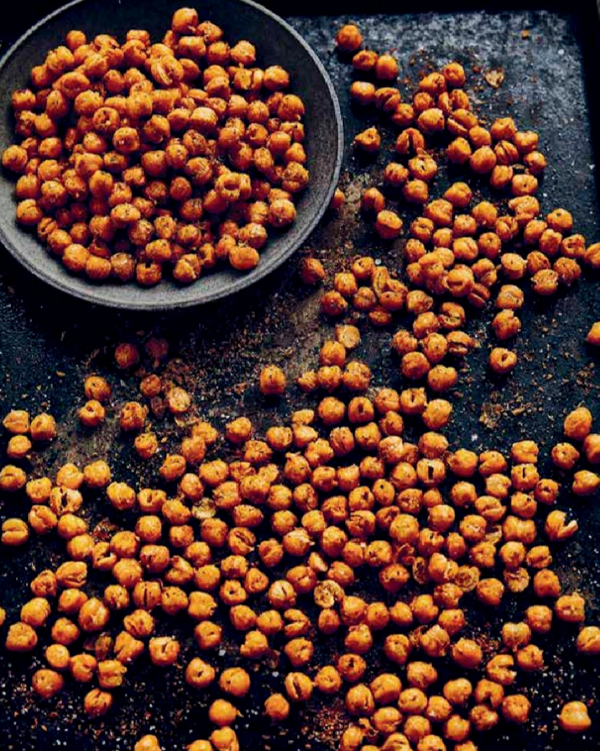The difference between crispy and crunchy
September 23, 2021 by DarcieThere are some words that food writers avoid, whether because people tend to have strong opinions about them (like moist), because they are overused , or because their meanings aren’t clear. For food writer Maggie Hennessy, two adjectives give her pause for the last reason. Hennessy says she is confounded by the differences between crispy and crunchy.

Both terms imply a food that has a defined, hard texture but there are nuances that can obscure easy definition. She provides several examples of foods where it might be difficult to determine the contours of which of the two adjectives fits the snap, crush, crust, or flake of the food item. She dives into the etymology of the two words, and explains that she is not the only one who has struggled with the definition: in 2013, a group of scientists wrote a research paper that sought to standardize the definitions for the two words.
Over the years, Hennessy says she has created a set of rules to separate the two terms. “Crispy things are usually fragile, airier, and drier,” she says, noting that she reserves the word crunchy “for more intense crushing, and wetter, hard, or dense foods, like carrots, almonds, and thick kettle-cooked chips.” I found that interesting because I would say that kettle chips are crispy rather than crunchy, but I suppose that proves the point that these definitions can be tricky.
Recipe writers choose their own definitions, as we can see in the EYB Library, where there are 1,136 online recipes with ‘crunchy’ as part of the recipe, and over 3,200 online recipes featuring the word ‘crispy’. The terms are often used to describe the same foods, such as Sweet roasted courgettes with crispy chickpeas and Crunchy spiced roasted chickpeas (pictured above). So are chickpeas crispy or crunchy? Only one thing is certain: if you are expecting a food to be either crispy or crunchy and it is soggy or mushy, you are going to be disappointed.
Categories
- All Posts (7075)
- Antipasto (2205)
- Author Articles (250)
- Book News (944)
- Cookbook Giveaways (996)
- Cookbook Lovers (262)
- Cooking Tips (116)
- Culinary News (299)
- Food Biz People (558)
- Food Online (800)
- Holidays & Celebrations (277)
- New Cookbooks (154)
- Recipes (1520)
- Shelf Life With Susie (231)
- What's New on EYB (134)
Archives
Latest Comments
- Indio32 on Four outstanding independently published cookbooks worth your attention
- nvernon on Four outstanding independently published cookbooks worth your attention
- fayegibson on Four outstanding independently published cookbooks worth your attention
- Pizzacat13 on Balli Balli – Cookbook Giveaway and Quick Bites
- Laura1 on For the Love of Lemons by Letitia Clark – Giveaway
- fms95032 on For the Love of Lemons by Letitia Clark – Giveaway
- fms95032 on 20 Amici – 40 Ricette Cookbook Giveaway
- fms95032 on French at Heart – Cookbook Giveaway
- Shelmar on Tea innovations
- dzm on 20 Amici – 40 Ricette Cookbook Giveaway